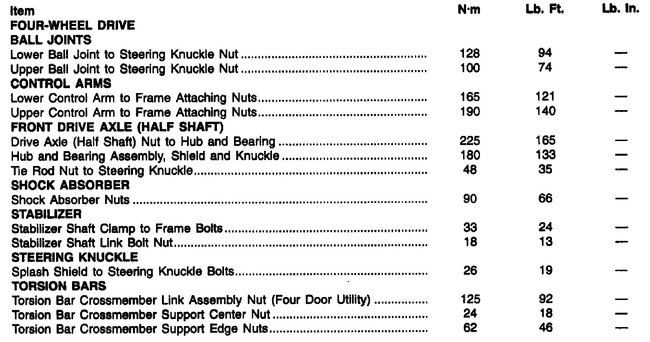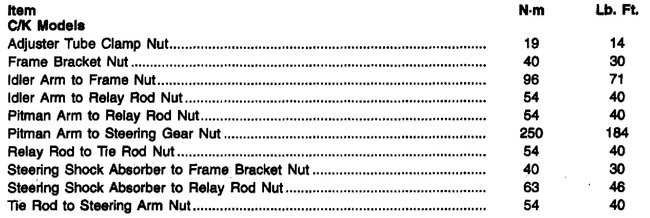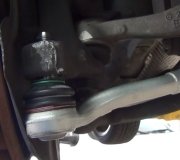The deformed holes I mentioned occur when a tapered stud works loose after not being tightened fully. That can occur days or years after the part was replaced. Many people do not pay attention to the clunking noise and reduced handling. They keep on driving for days or weeks. That is when the tapered stud and the tapered hole rub against each other and wear, and that is when both parts must be replaced. Simply installing a new tie rod end or ball joint into the old hole will not solve the problem. The nice straight stud will not fully seat on the rounded hole.
Over-tightening the castle nut does not deform the tapered stud or hole. It stretches the threads and if bad enough, will start to peel the threads. At that point you would feel the nut start to turn with much less resistance. If you were still grunting on the wrench, I would leave it alone. Definitely do not back the nut off because it will become too loose to hold the stud in place.
Everything in the steering system can be tightened right away. Those include tie rod ends and ball joints because their rotational movement is designed to occur as the vehicle bounces up and down, and the steering system is turned left and right. It is the balls and sockets that make that possible, and they can sit in any orientation.
It is the parts inside rubber bushings that must be tightened when the vehicle is sitting at normal ride height. This is easiest to see on control arm bushings. Those bushings are clamped in place by the bolts on the inside and the metal sleeve on the outside. You want there to be no twist in that rubber when the vehicle is sitting in its most common position, which is when standing still. The bushings are designed to flex enough to accommodate raising the front end off the ground so the suspension parts are hanging down freely, all the way to the front end bouncing down as low as possible from bumps in the road. If you start out with a twist in a bushing, then you raise or lower the vehicle to one of those two extremes, it will put more twist in the bushing than the rubber can withstand. It might put up with that for a little while, but eventually the rubber will split or it will tear away on one end.
Since you are obviously aware of the right questions to ask, let me add one more tidbit to help you do the job right. This does not apply to any vehicle that has a rack and pinion steering gear. It only applies to vehicles like yours that use inner and outer tie rod ends that look similar, except for the reverse threads on one of them. Once assembled and installed, you will see that if you grab the adjuster sleeve, you can rotate it to rotate both sockets on their mating balls, but there is a limit as to have much you can do that. If you install a new sleeve with two new tie rod ends, that sleeve will turn very easily to make one of the alignment adjustments. The new balls and sockets will be pretty tight and hard to rotate by hand. What can happen is one tie rod end might get installed already rotated fully one way, and the other tie rod end gets installed rotated fully the other way. Once "toe" is set with that adjustment, which is the final alignment adjustment, the clamp straps are tightened to hold it there. Now if you try to twist that sleeve, you will find it cannot move one way because the inner tie rod is at the end of its travel, and it cannot be rotated the other way because the outer tie rod end is at the end of its travel the other way. That entire linkage assembly must be able to rotate freely as the suspension system goes up and down, and as the steering system is turned. If there is binding, the sleeve will try to twist or bend. All you have to do to avoid this is verify the linkage can be rotated back and forth when you have the clamps tight. This is normally checked by the alignment mechanic when the job is finished.
Friday, December 7th, 2018 AT 4:53 PM





